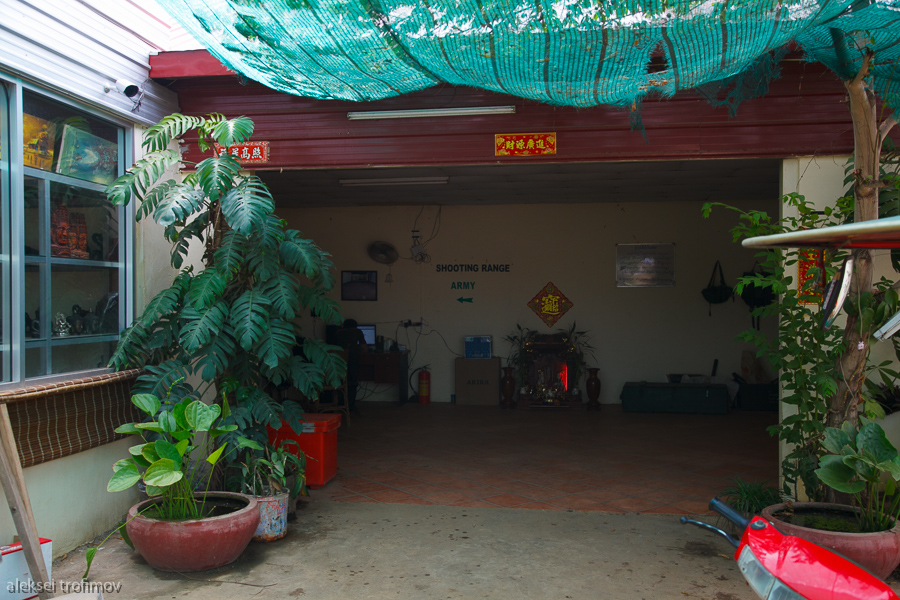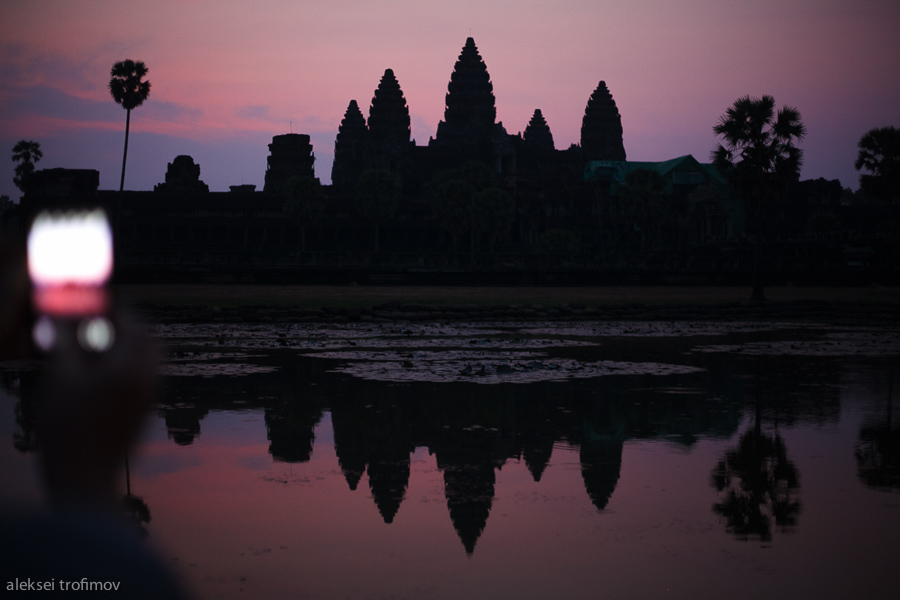I am often surprised by the type of stories that fill our media. Petty scandals, local incidents, elections without choice – all this noise crowds out entirely the things that really matter. I think the main story of our time, the story for which we do not know the ending, or even the way it will develop until its climax, is the story of the climate change. That’s the main story.
Quite a few of my friends adhere to a rather surprising belief, one that says that humanity is bound to find some sort of a technological solution to the climate change. As if the humanity simply cannot lose. To me, this sounds a bit like magical thinking. We are so used to stories that are told in the movies, where we enter unimaginable difficulties only to miraculously come out on top at the end, that we cannot help but project the same narrative onto our common reality, where the major difficulty actually is coming up. I do believe that humanity’s creativity and inventiveness are amazing, and therefore that we will see various ways of combating climate change that we cannot imagine today. However I am also rather pessimistic about humanity’s ability to be altruistic and to abandon the narrow interests of particular groups in favour of the common good. I think that type of reaction only kicks in in view of an imminent danger. But the climate change may provide opportunities to deny this danger for a long while. And as we remember from the famous analogy, the frog will boil provided you increase the temperature only gradually.
That is not to say that this is the only challenge that the humanity is facing, only that it is the single one that characterises our times. There are major global issues that are not however unique to our time. One such challenge is clearly the food crisis, which refers to the fact that a major part of the world’s population is starving, all the while the richest countries consume endlessly. I also think that the major antagonism in the world is between the rich and the poor, and the difference has never been more acute – including within the richest countries.
Another challenge is of course that the natural resources of the planet are limited. In particular there is certainly a limit to fossil fuels, although in the light of climate change that perhaps is not such a bad thing. In any case, the research for alternative sources of energy will only really take off once there is a real need for them and the players opposing these new alternatives lose the enormous political influence they have today, controlling politically the United States, Russia and the Gulf.
I do think that at a certain moment the whole global economic model built upon ever increasing consumption and so-called GDP growth will come to a halt, as it is simply impossible to endlessly grow population while also growing the consumption per capita. Unfortunately this may come in a violent way, as the current paradigm simply does not foresee an exit strategy.

